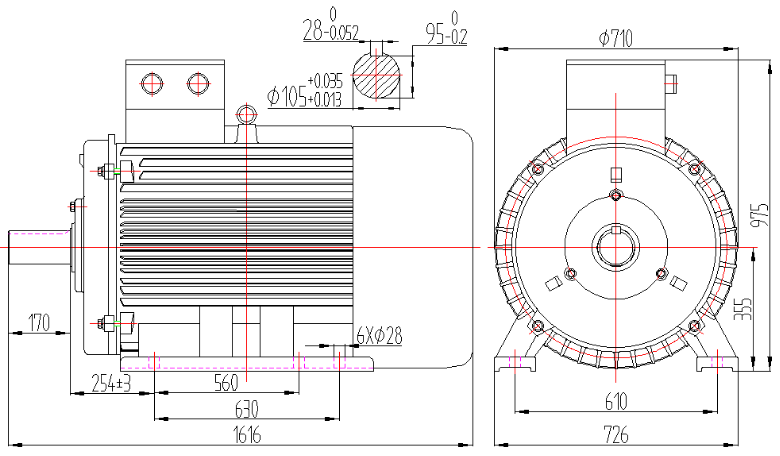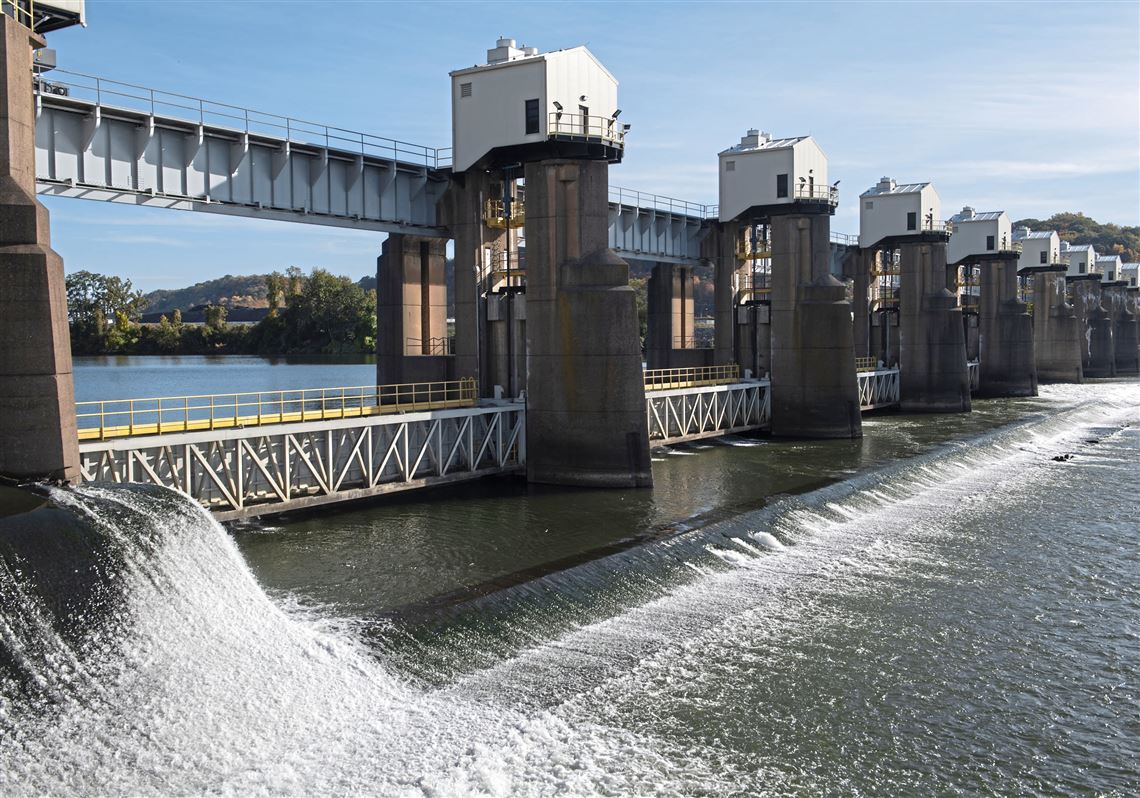QINGDAO ENNENG MOTOR CO.,LTD. |
|
Verified Suppliers
|
|
5-2000kw Fuelless Neodymium Magnet Permanent Magnet Electric Generator
Product Drawing

Technical Parameter
Detailed Pictures

The permanent magnet generator is a device that converts mechanical energy to electrical energy. In this device, the rotor windings have been replaced with permanent magnets. Permanent magnet generators are used mostly in industrial applications like turbines and engines to produce commercial electrical energy, the permanent magnet alternator is an alternate source of energy and has multiple benefits which make it a great device for a variety of residential, commercial, and industrial applications.
The structure
The permanent magnet generator is mainly composed of a rotor, end cover, and stator. The structure of the stator is very similar to that of an ordinary alternator. The biggest difference between the structure of the rotor and the alternator is that there are high-quality According to the position of the permanent magnet on the rotor, the permanent magnet generator is usually divided into a surface rotor structure and a built-in rotor structure.

Working Principle
The permanent magnet generator uses the principle of electromagnetic induction in that the wire cuts the magnetic field line to induce an electric potential and converts the mechanical energy of the prime mover into electrical energy output. It consists of two parts, the stator, and the rotor. The stator is the armature that generates the electricity and the rotor is the magnetic pole. The stator is composed of an armature iron core, uniformly discharged three-phase winding, machine base, and end cover.
The rotor is usually a hidden pole type, which is composed of excitation winding, iron core and shaft, guard ring, center ring, and so on.
The excitation winding of the rotor is fed with DC current to generate a magnetic field close to the sinusoidal distribution (called the rotor magnetic field), and its effective excitation flux intersects with the stationary armature winding. When the rotor rotates, the rotor's magnetic field rotates together with it. Every time a revolution is made, the magnetic lines of force cut each phase winding of the stator in sequence, and a three-phase AC potential is induced in the three-phase stator winding.
When the pm generator is running with a symmetrical load, the three-phase armature current synthesizes to generate a rotating magnetic field with synchronous speed. The stator and rotor fields interact to generate braking torque. The mechanical torque input from the turbine overcomes the braking torque and works.

The classification of permanent magnet generator:
Permanent magnet generators (PMGs) can be classified based on various factors, such as the type of magnet, the application, the number of phases, and the power rating. Here are some common classifications of permanent magnet generators:
Based on magnet type: a. Ferrite Magnet PMG: These generators use ferrite magnets, which are less expensive and have a lower magnetic strength than rare-earth magnets. b. Rare-Earth Magnet PMG: These generators use neodymium or samarium-cobalt magnets, which are more expensive but have a higher magnetic strength than ferrite magnets.
Based on application: a. Wind Turbine PMG: These generators are designed for use in wind turbines and are typically used in small-scale or off-grid applications. b. Hydroelectric PMG: These generators are designed for use in hydroelectric power plants and are typically used in large-scale applications.
Based on the number of phases: a. Single-phase PMG: These generators have a single output phase and are used in low-power applications. b. Three-phase PMG: These generators have three output phases and are used in high-power applications.
Based on power rating: a. Low-power PMG: These generators have a power rating of up to a few kilowatts and are used in small-scale applications. b. High-power PMG: These generators have a power rating of several megawatts and are used in large-scale applications, such as wind turbines and hydroelectric power plants.
These are some common classifications of permanent magnet generators, but there may be other ways to classify them based on specific parameters.
Features
① The generator has many poles, which improve the frequency and efficiency, saving the cost of rectifiers and inverters.
② Finite Element Analysis is used when designing the generator, compact structure. Low startup torque, solves the problem of small wind startup, improving wind energy utilization.
③ Leave out the gear increaser, improve the reliability and efficiency of the generator, and lower the amount of maintenance.
④ H class insulation, vacuum pressure impregnation.
⑤ Have many structures such as vertical axis, horizontal axis, internal rotor, external rotor, and plate type.
⑥ Strong rotors, the generator could achieve high speed.
⑦ Small size, lightweight, high energy density, suitable for special situations.
⑧ Run efficiency throughout the whole speed range, high efficiency.
⑨ Use imported high-speed oil-contained bearings, maintenance free, and high reliability.
By matching the power and speed of the generator to that of the wind turbine, the power system becomes more efficient. No gearboxes are needed, and the efficiency of the alternator exceeds 90%.

How do magnets provide better mounting solutions for wind turbines?
In addition to helping generate electricity, permanent magnets play a vital role in helping maintain the integrity of the turbine's high walls. If you're lucky enough to see the inside of a wind turbine, you'll see lots of cables and very long ladders attached to the walls, some of which contain elevators that allow workers to access the turbine nacelles. The traditional solution for this is to drill holes in the turbine wall to install the brackets or weld the brackets to the wall to secure the brackets. Unfortunately, this solution can affect the integrity of the wall, reducing its strength and making it prone to corrosion.
2. Variable speed generators provide a solution for Hydro Industry.
Increased efficiency from variable speed technology could make many more small hydro sites economically feasible to develop.

1. Free Energy Source
Permanent magnet generators produce electricity using their own magnetism. So, you do not need to pay high electric bills, and a large budget is saved. Besides, these devices do not need any other resources, which are quite environmentally friendly.
2. Reliable Power Output
Permanent magnet generators do not need any special operating environments. Hence, they can offer reliable performance compared with wind turbine motors. Additionally, permanent magnet generators do not suffer from energy loss, while induction generators typically lose 20-30% of energy. Additionally, there are no temperature rises in the magnetic machines, so the life of the bearings can be prolonged.
3. Low Maintenance Fee
Due to the features mentioned above, you do not need to spend lots of money and time on the maintenance of permanent magnet generators. And they do not have slip rings and brushes, which are supposed to be checked at regular intervals.
4. Compatibility
Permanent magnet generators can be employed with turbines and hydro turbines.